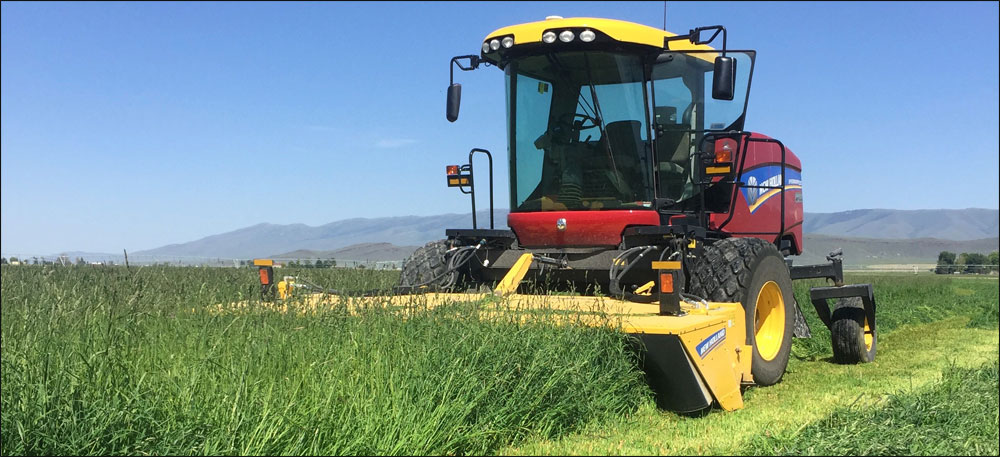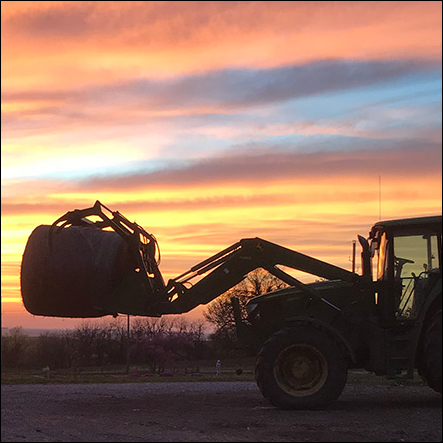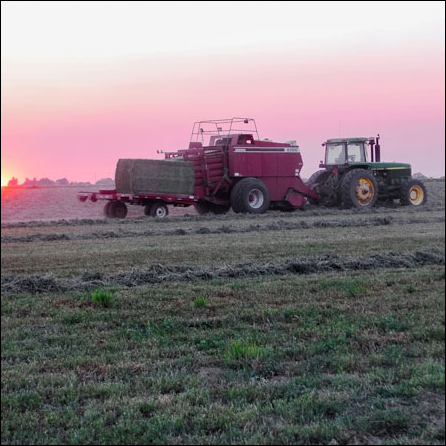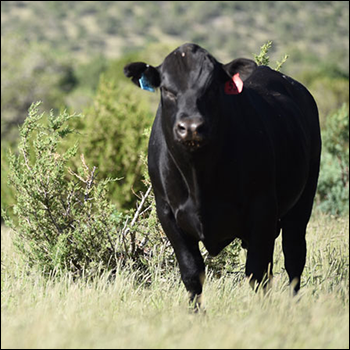
Improved Grass Hay
New grass mix results in improved forage production.
Scott Bedke and his brother Eric, representing the fourth generation on the family ranch in southern Idaho, manage cattle in Idaho and Nevada and have 1,400 mother cows. Calves are weaned in October, but not shipped until late November or early December because buyers prefer calves that are already weaned and well-started.
“We don’t have our own feedlot, and if you send calves to a custom feedlot for preconditioning, it’s expensive. We have some farm ground where we grew alfalfa hay and put calves on regrowth in the fall after hay harvest,” says Bedke, acknowledging the practice carries a risk of bloat, especially in October.
So, they tried planting triticale in early August, targeting peak quality nutrition when weaned calves would be turned out in October. After letting the calves graze it in the fall, the Bedkes green-chopped spring growth, then replanted in August.
“This was cheaper than taking calves to a custom feedlot,” Bedke says, “but still too expensive.”
The brothers looked for a perennial grass they wouldn’t have to tear up and replant every year. They experimented with different grass varieties.
“One was a Helena product called Bovine Builder,” Bedke describes. “This is a mix of four grasses — containing two cool-season grasses and two warm-season grasses (30% early-maturing orchard grass, 30% tall fescue, 25% late-maturing orchard grass and 15% perennial ryegrass). We planted 40 acres and continued with triticale on the rest of the field.”
The grass performed well, and the calves liked it. Instead of their cash crop off that field being green-chop triticale, it became dry hay. The bonus was that the hay tested very well. It was always right at 100 on total digestible nutrients (TDN) and about 11% protein, which is good for grass hay, Bedke says. They put the whole pivot into this grass mix.
The grass is harvested as hay, and the regrowth is utilized as pasture for the weaned calves for 35-45 days. When they put the first calves into that grass in early October, he says the regrowth is up to their knees.
The hay crop during summer provides 5 tons to the acre, plus the regrowth feeds the calves through the fall.
“This takes fertilizer — about 125 units of nitrogen — and we also aerate and harrow the ground. But when you compare this effort and expense against putting the calves in a custom feedlot for 45 days, this change has probably made us more money than any other single thing we’ve done,” says Bedke.
“This is good grass. It tests well and regrows well. There is still enough grass after preconditioning the calves that we can leave about 150 replacement heifers in those fields after we take out the weaned calves to sell — and we leave the heifers there until April. We supplement them with a little alfalfa hay during winter, but this grass is their main diet, and it stands up to heavy use. Our hay yields have not dropped, and we are coming into our fifth year with this seeding of grass,” he says.
From the time the calves go in the pasture in early October, after being weaned and processed and all the stress associated with that, they gain about 1 pound per day.
Editor’s note: Heather Smith Thomas is a cattlewoman and freelance writer from Salmon, Idaho. Photo courtesy Scott Bedke.




